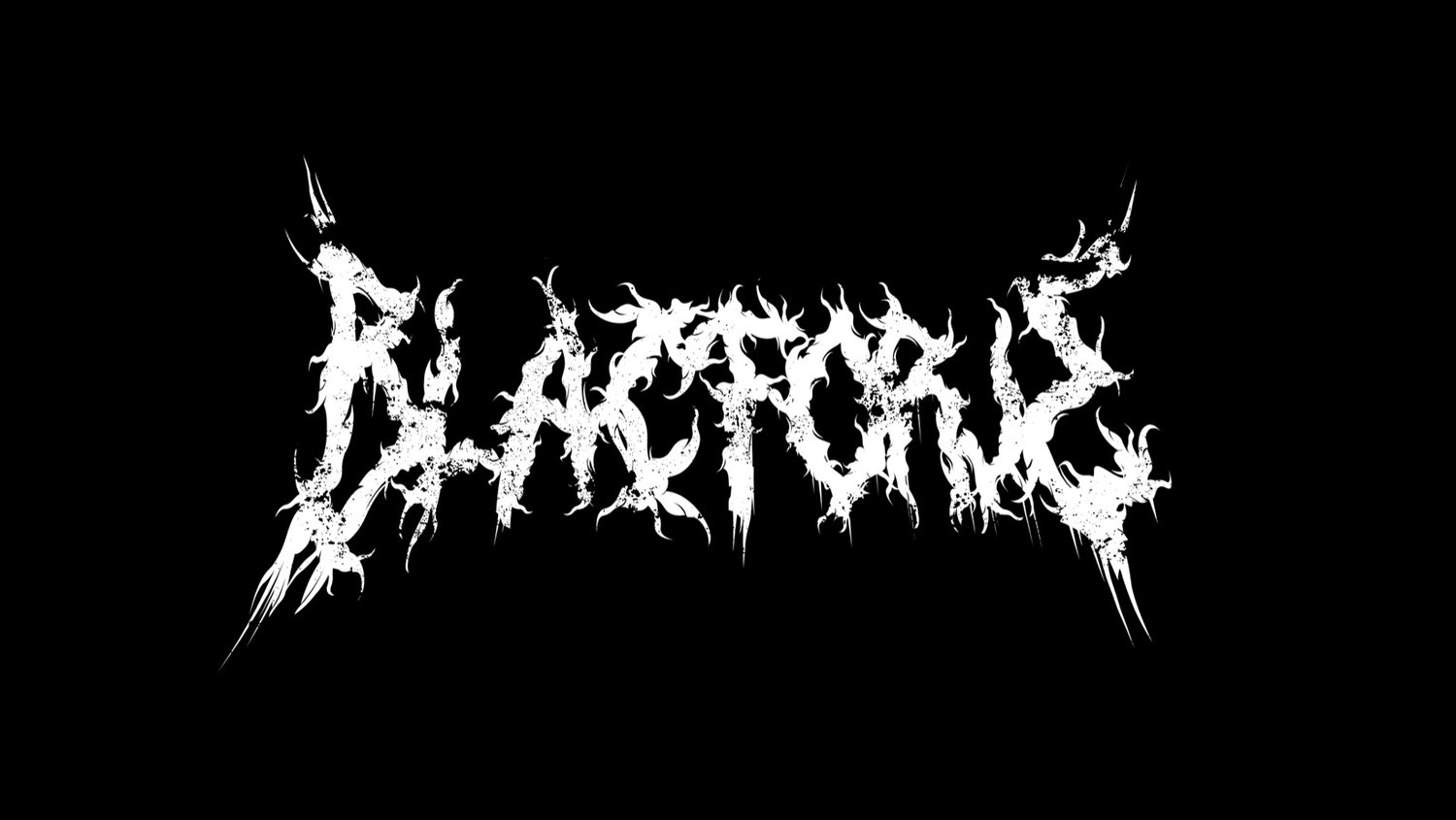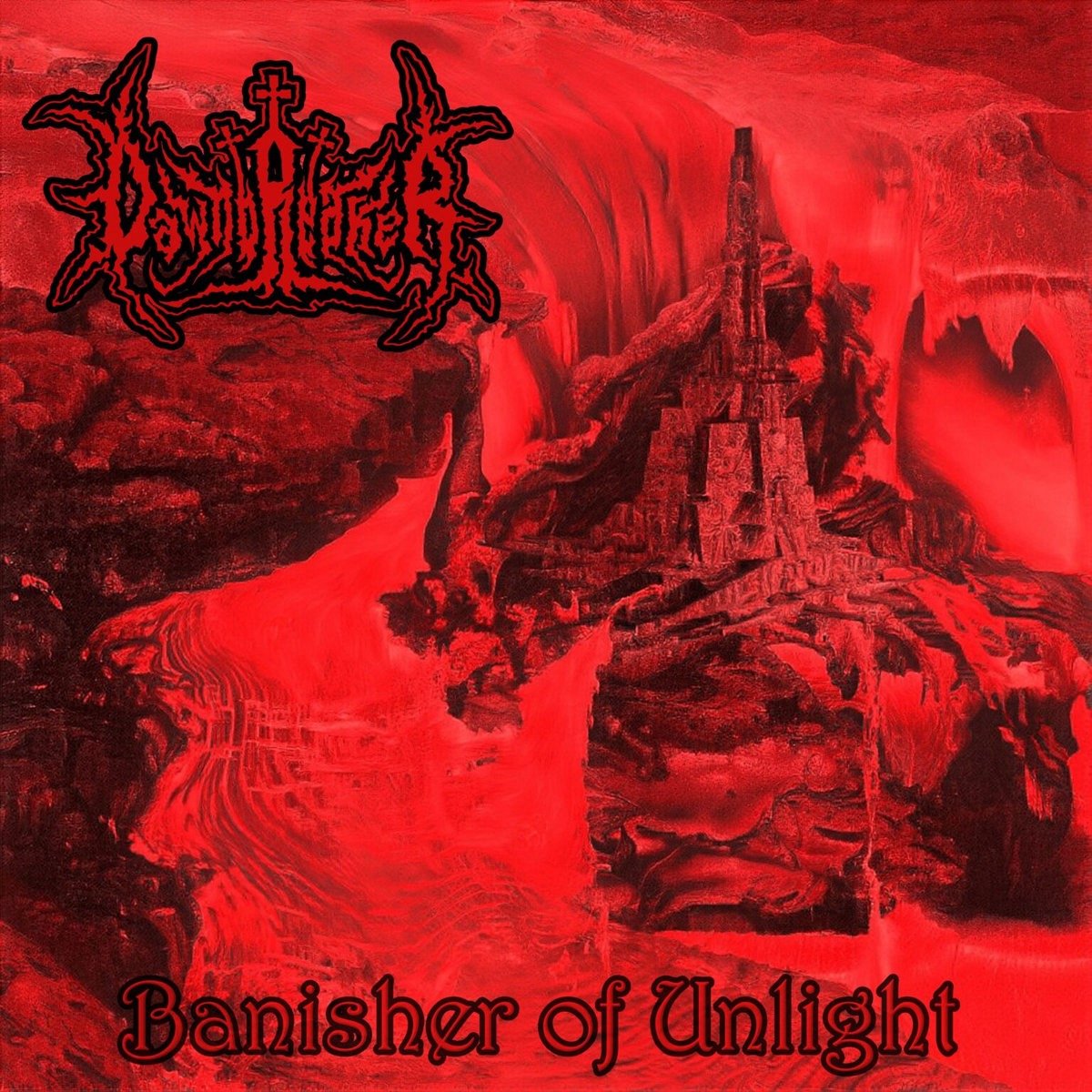‘Banisher of Unlight’ by Dawnbreaker
‘Banisher of Unlight’ by Dawnbreaker
Since its inception in 2018 with Deus Vult, Dawnbreaker, led by artist Tomrair, has been a force in the underground Christian metal scene. The project started with a brutal blend of blackened death metal from New Jersey, but over the next six years, it began incorporating more gothic influences into its music. This evolution is evident in albums like 2021’s Ad Majorem Dei Glorium, which showcased more symphonic and melodic elements than the artist’s earlier work. Dawnbreaker’s latest release, Banisher of Unlight, continues this trend of exploring new territories while maintaining the brutality and crushing sound of its death metal roots.
“Deep Calluth” opens with breakneck speeds and pure chaos. The song, which centers on depression and spiritual torment, later employs chaotic piano breaks in the background of its whipping guitars and blast beats. Dawnbreaker’s previous gothic influences remain clear with this opener, with choral organ effects and haunting piano breakdowns. It never lets up on the intensity a single second, though. The same thematic and sonic attitudes continue in the second track, “Portrait of Ruin,” which features even more impressive, strange piano riffs and syncopation.
“The Soul Hunter” sets a somber tone with its haunting strings and dungeon synth plucking, a tone that is shattered by Dawnbreaker’s thunderous drums and piercing riffs. However, the song evolves into a harmonious blend of these two sounds, leaning more towards an epic, symphonic sound than the first two tracks. These moments of musical equilibrium make Banisher of Unlight a masterful fusion of furious, raw black metal and epic, symphonic black metal. The song's focus on surrender and submission to God, and the parallel surrender displayed by God through Jesus Christ, adds a profound resonance to the music. To truly grasp the ethereal, one must first surrender to the chaos.
Banisher of Unlight’s songs follow a similar pattern, making them intriguing. This invitation to meditate over these themes is partly due to Tomrair’s exceptional vocal performance and the meticulous mixing of his vocals. There is a perfect balance between the harsh, distorted screams and the deep, clear lyrics. “Machina Ex Deus” continues to leverage these strengths while focusing on a lament and surrender to the tides of history and the fall of empires.
Banisher of Unlight then makes a change I find surprising. It pulls out some of its showstoppers for the album's later half. The album’s title track keeps Dawnbreaker’s ferocity while incorporating more orchestral elements, creating an epic landscape around a personal testimony of the power of Jesus in Tomrair’s life. Though Dawnbreaker’s gothic influence remains here, it feels more formalized and structured to evoke a full orchestra complete with monumental choirs. It all works to emphasize more emotional weight than you might get with other Dawnbreaker tracks that are more solely focused on a particular theme or feeling.
“Plain of Magog” is one of those more focused tracks. Taking its name from a descendant, Noah in the Bible, who is often associated with apocalyptic traditions, the song looks at the dangers and evils of globalism when used to exploit human beings and our spirits. Again, some of the more interesting creative decisions happen here, as the song opens with an almost Middle Eastern-inspired synth intro. It then uses more medieval and menacing riffs than previous tracks to create a landscape ready for spiritual warfare and inspiring strength. The song “Bloodlines” continues this intensity around the death of the self with Banisher of Unlight’s most blistering track, which utilizes more grit and intense riffing than any other song on the album.
Dawnbreaker then uses the final song, “Return to Jerusalem,” to showcase how all the elements and strengths mentioned in this review so far can blend effortlessly into a song. Closing out Banisher of Unlight, Dawnbreaker continues to solidify itself as an artist that excels in the Christian and the Blackened Death Metal scene. With the album's more intriguing symphonic and dungeon synth elements, Dawnbreaker does stray further from its death metal roots but maintains the essence and attitude of death metal on practically every song. We are interested to see if Dawnbreaker continues exploring newer sonic territory on future albums while paying homage to its death metal foundation.

